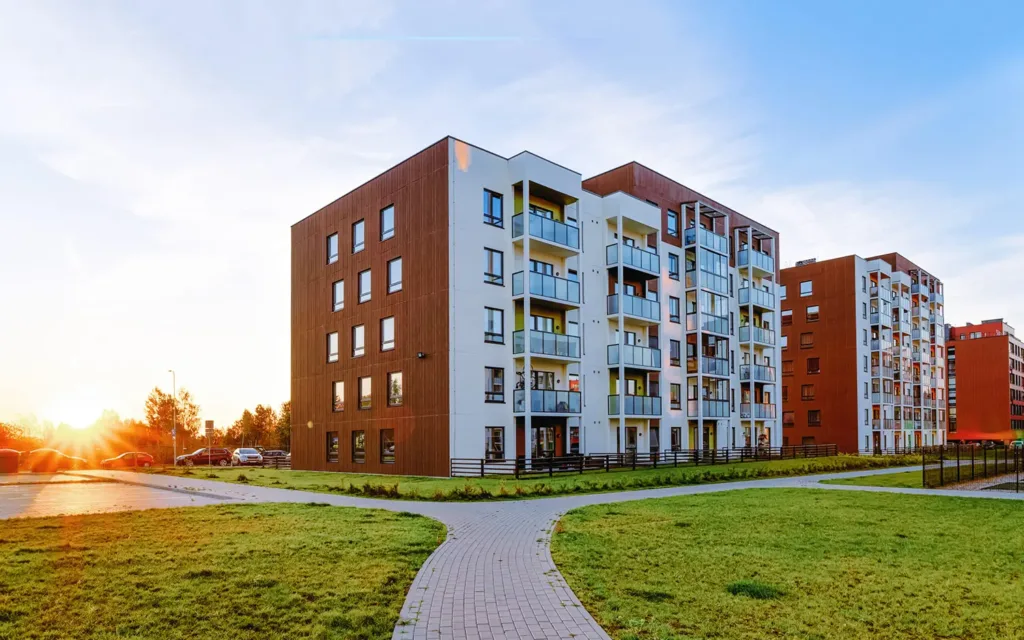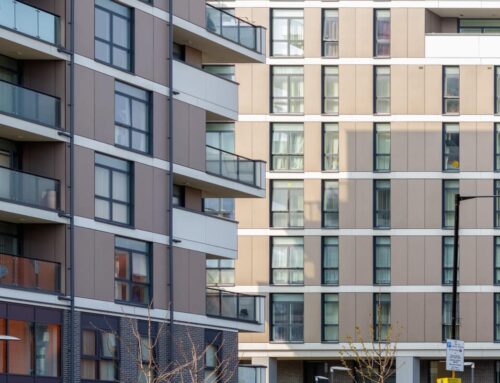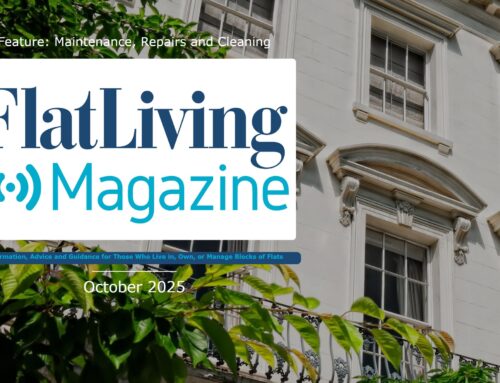Belinda Bagnall from Residentsline explains how RTM affects your building insurance and what leaseholders should consider when securing or changing their insurance policy.
The Right to Manage (RTM) is an important concept for leaseholders living in blocks of flats. It allows you to take over control the building’s management without the need to prove that your freeholder is at fault or buy the freehold from them.
This opportunity brings many responsibilities, including handling the building insurance requirement for the block.
Understanding Your Insurance Obligations Under RTM
If you are part of a Right to Manage (RTM) company, you will be taking on many responsibilities that were previously managed by the freeholder – comprehensive building insurance being a key element.
Your policy must insure the building for all standard risks such as damage caused by:
- Fire
- Flood
- Storm
- Vandalism
Most mortgage lenders also require adequate building insurance, meaning that the RTM company must meet a certain standard to satisfy all leaseholders’ financial commitments.
You will also need to make sure that the insurance policy you choose is compliant with the terms of the leases. Most have specific requirements concerning insurance and it is crucial that these conditions are met. Failure to do so could lead to complications including disputes with leaseholders or their mortgage providers.
Alongside standard building insurance, RTM companies often need to consider additional coverage such as public liability and employers’ liability insurance. Public liability insurance protects against claims made by third parties (e.g. visitors or contractors) who may suffer an injury while on the property.
Employers’ liability insurance is necessary if the RTM company employs staff, such as a caretaker or cleaner. This insurance helps cover any claims made by employees in the event of an accident while working on the property.
Choosing the Right Insurance Policy for Your Block of Flats
Once you understand the coverage needed, the next step is to choose the right insurance policy. It is often beneficial for RTM companies to work with an insurance broker who specialises in block of flats insurance. A specialist broker can guide you through the complexities of building insurance, ensuring that all essential areas are covered. They can also help you compare policies from multiple insurers to find the best deal for your building.
They can help with the following considerations:
1. Rebuild Cost: The policy must cover the rebuild cost of the entire property. This should not be based on the current market value, but rather the estimated cost of rebuilding the property from scratch in the event of a total loss. A surveyor can help determine an accurate rebuild valuation to avoid being underinsured or over insured.
2. Additional Coverage: Aside from building damage, you may need additional coverage such as:
- Loss of rent and alternative accommodation costs (in case the building is uninhabitable following an insured event)
- Terrorism cover (required by some leases)
- Legal expenses (protecting the RTM Company from the cost of legal disputes)
As the costs of the insurance policy will be shared between all leaseholders, it is essential to maintain transparency about policy choices and costs. This can help prevent disputes and ensure that everyone is comfortable with the level of cover provided.
Reducing Insurance Costs Via RTM
One significant advantage of exercising Right to Manage is the potential to reduce costs – including building insurance. You can shop around for multiple quotes and compare various providers and policies. Working with a broker makes light work of this intensive process.
Another cost saving tip is to bundle your insurance policies together under one provider. Consolidating your policies can lead to lower premiums and make it easier to manage renewals and claims.
Insurance premiums are often calculated based on perceived risk, so reducing risks within the building can lead to lower costs. Simple measures such as installing CCTV, ensuring that fire alarms are well maintained or improving the security of the building’s entrances can help reduce the bottom line. Similarly, regular maintenance checks like having the wiring inspected or ensuring the roof is in good condition can also help reduce potential risks and, in turn, insurance costs.
Another way to reduce premiums is by adjusting the excess level on your insurance policy. The excess is the amount paid by the RTM company when making a claim before the insurer pays out. Generally, the higher the excess, the lower the premium. However, be cautious: the excess should not be set at a level that would be difficult for the RTM company to finance if a claim is needed.
It is also worth reviewing whether you need all the aspects of your current insurance policy. Some features may not actually be essential for your block of flats. By identifying and removing unnecessary extras, you can further reduce costs. Just make sure that any changes are compliant with your lease requirements.
Managing the insurance coverage for your block of flats can be complex, but with proper planning and advice, it can lead to better coverage and financial savings for everyone involved.
For a flats insurance quote today, visit the Residentsline website or call a member of our team at 0800 281 235.




Leave A Comment